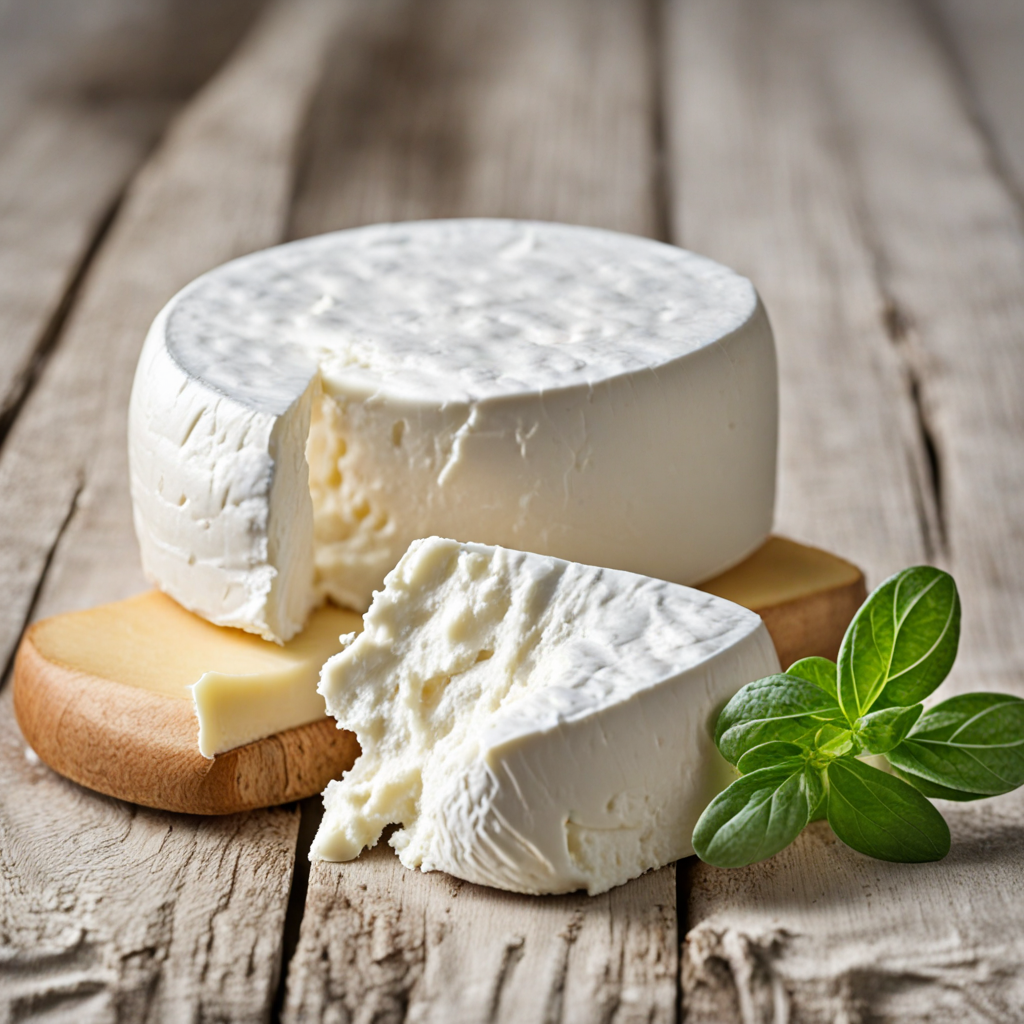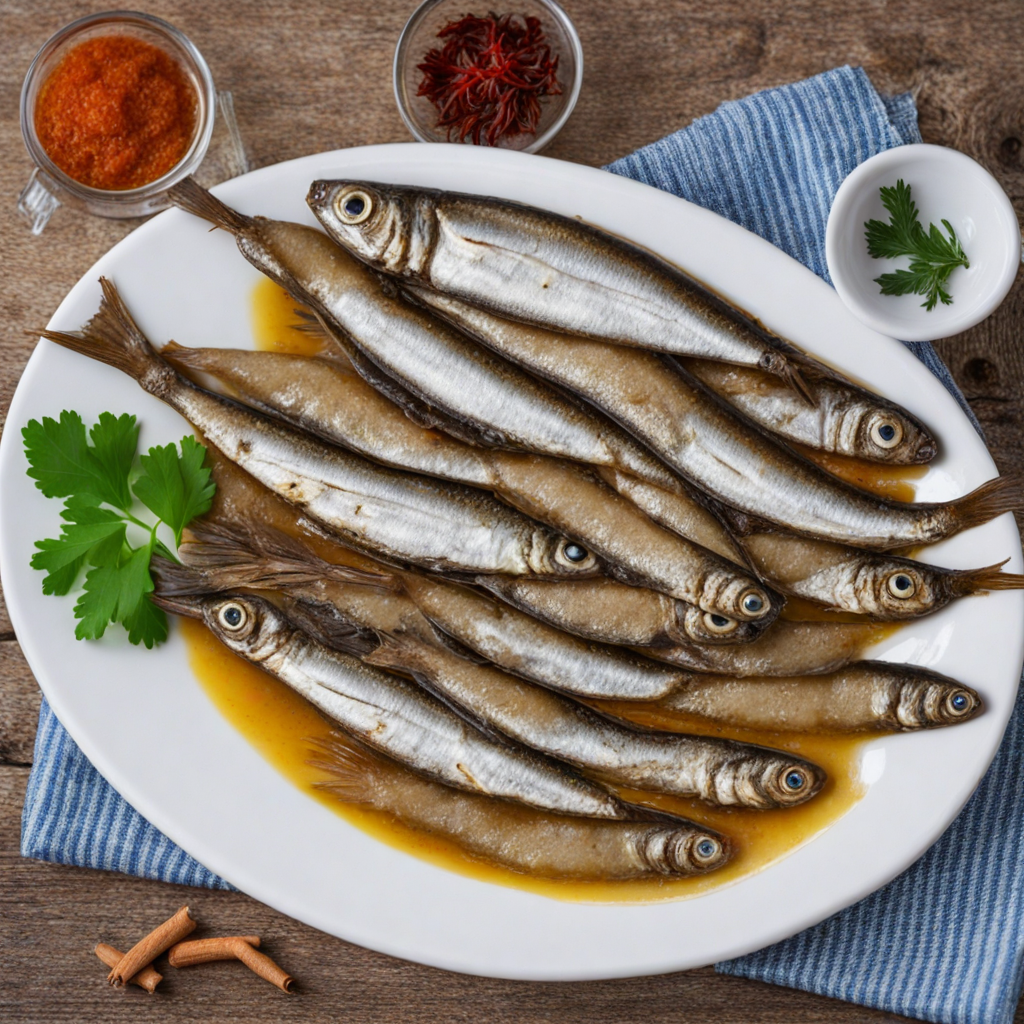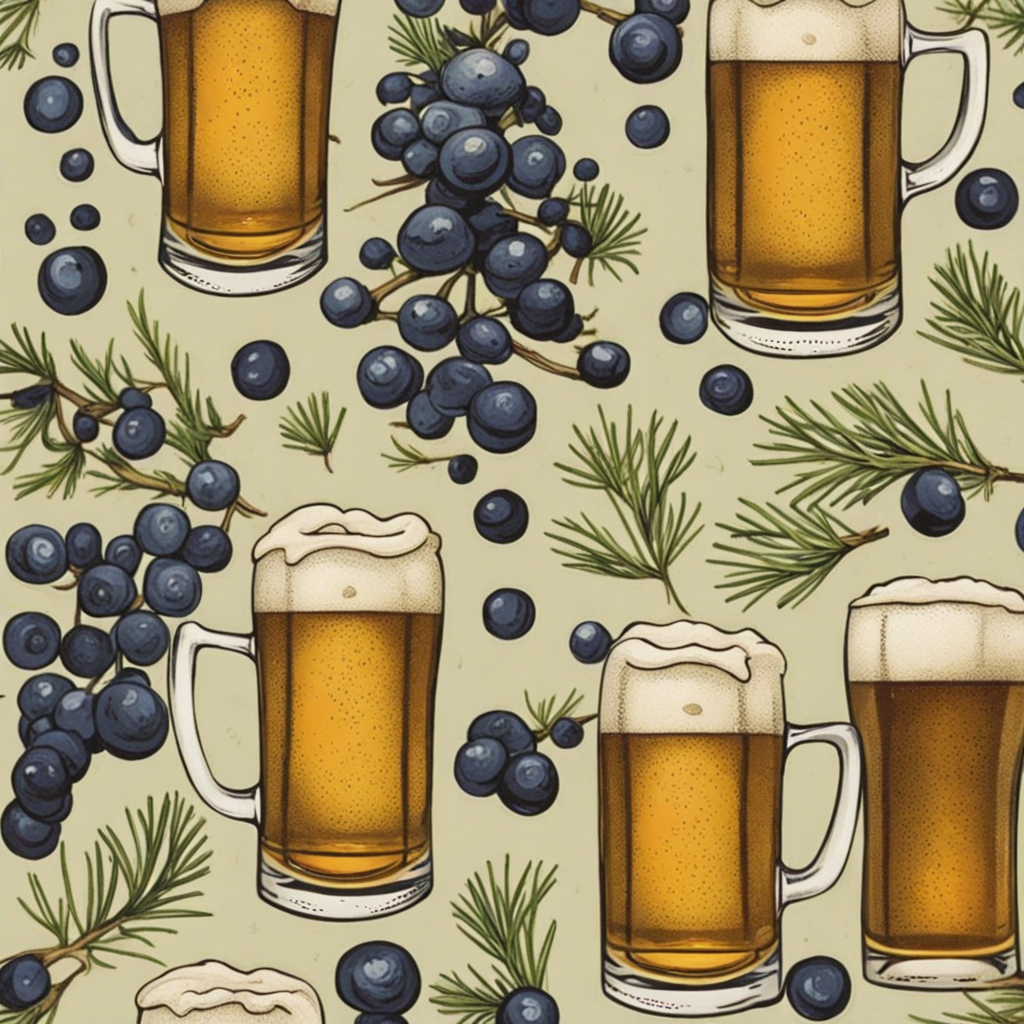Blood Sausage
Blood sausage, known as "verivorst" in Estonia, is a traditional dish that embodies the rustic essence of Estonian cuisine. This unique sausage is made primarily from pork blood, which gives it a rich, dark color and a distinctive flavor. The mixture is typically combined with ingredients such as barley, onions, and various spices, creating a hearty and comforting dish. The use of local, high-quality ingredients is essential, as it contributes to the authentic taste that locals cherish and visitors often find intriguing. When cooked, blood sausage has a firm yet tender texture, with a slightly crumbly interior that melts in your mouth. The flavor profile is complex, with the earthiness of the blood harmonizing beautifully with the savory notes of the barley and the sweetness of sautéed onions. It is often served warm, sliced, and accompanied by sides like mashed potatoes, pickled vegetables, or a dollop of lingonberry sauce, which adds a refreshing tang that balances the richness of the sausage. Exploring verivorst is not just about the taste; it's also about the experience and tradition behind it. This dish is often prepared during festive occasions and family gatherings, making it a cherished part of Estonian culture. For those willing to step outside their culinary comfort zone, blood sausage offers a bold and satisfying taste adventure that reflects the heart and history of Estonia's food heritage.
How It Became This Dish
The History of Verivorst: Estonia's Traditional Blood Sausage Verivorst, a traditional Estonian blood sausage, is more than just a dish; it is a cultural emblem that encapsulates the rich culinary heritage of Estonia. This savory sausage, made primarily from blood, barley, and a mix of spices, has deep historical roots that trace back to the agrarian societies of northern Europe. Understanding its origin, cultural significance, and evolution offers a glimpse into the Estonian way of life and the importance of food in shaping national identity. Origins of Verivorst The origins of verivorst can be traced back to ancient times, when the Estonian countryside was dominated by agrarian communities relying on the seasonal rhythms of nature. Blood sausages, including verivorst, were common in many European cultures, with variations found in Finland (makkara), Germany (blutwurst), and Poland (kiszka). The practice of utilizing every part of the slaughtered animal was a necessity for survival, particularly during the harsh winters. This not only minimized waste but also maximized the use of available resources, a concept that resonates deeply with the Estonian ethos of sustainability. While the exact date of the first verivorst is difficult to pinpoint, it is believed to have emerged in the 13th century, during the time of the Livonian Crusade and the subsequent establishment of the Teutonic Order in the region. The introduction of new spices and culinary techniques from German settlers significantly influenced the local cuisine. Over time, verivorst became a staple in Estonian households, particularly among rural populations, where it was often prepared during the winter months and served at festive occasions. Cultural Significance Verivorst is more than just a food item; it is an integral part of Estonia’s cultural identity. Traditionally associated with the winter holiday season, particularly Christmas, verivorst is often featured on festive tables alongside other traditional dishes such as sauerkraut and roast pork. Its presence is a nod to the agricultural calendar and the communal spirit of preparation and celebration. Families often gather to make verivorst together, sharing stories and bonding over the process, thereby reinforcing familial ties and cultural continuity. The dish also symbolizes resilience and resourcefulness. In times of hardship, particularly during the Soviet occupation, traditional foods like verivorst provided comfort and a sense of normalcy. The act of preparing and consuming traditional dishes became an act of cultural preservation, a way to maintain a sense of identity and belonging in the face of external pressures. Moreover, verivorst is celebrated in various regional festivals throughout Estonia, where it is showcased alongside other traditional foods. These events serve to educate younger generations about their culinary heritage, ensuring that the knowledge and skills associated with making verivorst are passed down. Such gatherings foster community spirit and pride in local customs, reinforcing the idea that food is a vital aspect of social cohesion. Development Over Time As Estonia navigated through the tides of history, so too did the preparation and consumption of verivorst evolve. In the 19th century, with the rise of nationalism and a burgeoning interest in folklore and traditions, Estonian cuisine began to be re-evaluated. Culinary scholars and enthusiasts sought to revive traditional recipes, including verivorst, as a means of fostering national pride. This movement coincided with Estonia's struggle for independence, culminating in the establishment of the Republic of Estonia in 1918. The interwar period saw verivorst being commercialized, with local butchers and markets offering their own variations of the sausage. This period also marked a shift in the ingredients used, as urbanization and industrialization introduced new methods of production. While traditional recipes remained cherished, convenience became increasingly important, leading to pre-packaged versions of verivorst being sold in stores. Despite these changes, many families continued to adhere to the traditional methods of preparation, emphasizing the importance of homemade food in maintaining cultural authenticity. The Soviet era brought about further transformations. The state-controlled economy and the introduction of collective farming altered food production and distribution significantly. Traditional foods, including verivorst, faced challenges due to shortages and restrictions. However, the resilience of the Estonian people shone through as they adapted recipes to suit the available ingredients. During this time, verivorst often became a symbol of defiance and a reminder of the country’s culinary heritage. With Estonia regaining independence in 1991, a renewed interest in traditional foods surged. The late 20th and early 21st centuries saw a resurgence of interest in local and organic produce, as well as traditional recipes. Artisanal food producers began experimenting with verivorst, incorporating local ingredients and innovative techniques while respecting the traditional preparation methods. This evolution has led to a diversity of verivorst styles, with variations reflecting regional tastes and preferences, thus enriching the culinary landscape of contemporary Estonia. Modern Interpretations and Global Recognition Today, verivorst is celebrated not only in Estonia but is also gaining recognition on international culinary stages. Chefs and food enthusiasts around the world are drawn to its unique flavors and rich history. Contemporary interpretations of verivorst can be found in gourmet restaurants, where chefs experiment with fusion dishes, pairing the sausage with unexpected ingredients like apples, herbs, or even exotic spices. Moreover, the global movement towards farm-to-table dining has led to a renewed appreciation for traditional foods, with verivorst often featured in food festivals and cultural events abroad. This global interest has encouraged Estonians living abroad to share their culinary heritage with new audiences, fostering a sense of pride in their identity. Conclusion Verivorst is a culinary treasure that encapsulates the essence of Estonian culture and history. From its humble origins in agrarian communities to its contemporary status as a symbol of national pride, this blood sausage has evolved alongside the Estonian people, reflecting their resilience and adaptability. As Estonia continues to navigate the complexities of modernity, verivorst remains a poignant reminder of the richness of its culinary traditions and the role food plays in shaping cultural identity. Whether enjoyed at a festive gathering or in a fine dining restaurant, verivorst serves as a delicious link to the past, connecting generations through shared flavors and stories.
You may like
Discover local flavors from Estonia







